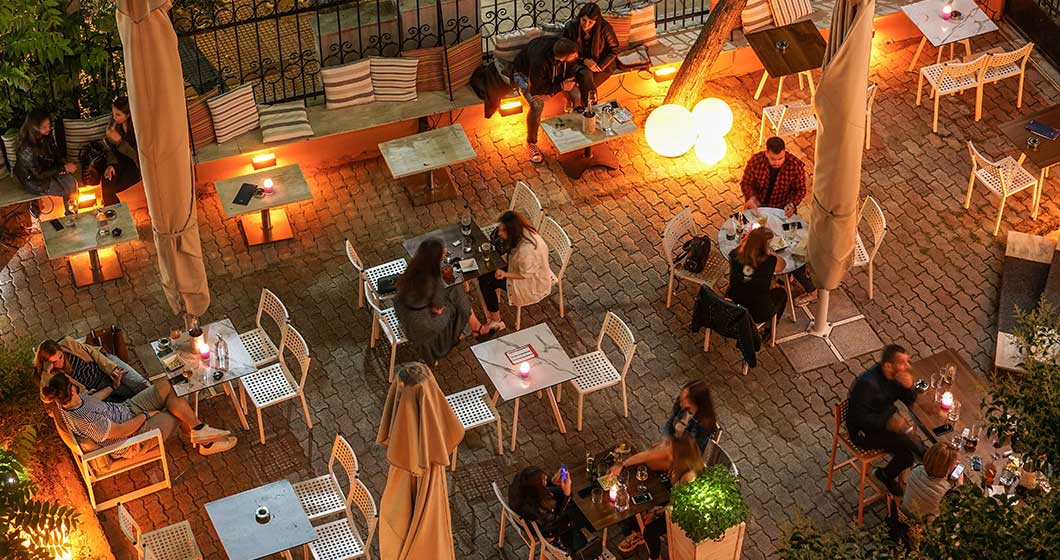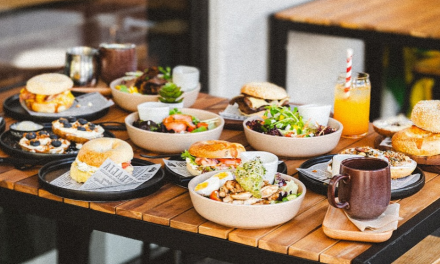Two weeks ago in Out In Canberra I wrote that 100 patrons per enclosed space was a big step in relaxing restrictions, but that the 1 in 4 square metre rule needed to go. I also wrote that a new 1 in 2 square metre rule would become the entire advocacy focus of the AHA ACT, and that we should be judged by our results.
A lot has happened in those two weeks. The Public Health Directions as they were written and published created a great deal of confusion for hospitality businesses, who justifiably assumed the rule applied across a business’ entire tenancy.
It is unfortunate that this led to public accusations that businesses were “deliberately” flouting the rules. There is now widespread acceptance that it was simply a genuine misunderstanding across the initial transition weekend of 19 – 21 June. This week the hospitality industry has been congratulated for its diligence and compliance over the weekend of 26 – 28 June.
Additionally, the situation in Victoria has rapidly escalated. Entire suburbs are once again in lockdown. The speed of this fresh outbreak has spooked many of us, and is a reminder that unless a hard border is put up around the ACT we must remain eternally vigilant in our suppression of the virus.
Thanks to continued advocacy, last Friday the National Cabinet endorsed the 1 in 2 square metre rule in the hospitality industry – but only for smaller venues. While it is ostensibly a national agreement, we must acknowledge that Western Australia and the Northern Territory moved beyond this limit weeks ago, and never discriminated on the basis of venue size. Tasmania and South Australia have announced they will implement 1 in 2, but likewise will not distinguishing between large and small venues.
There are some problems with applying a discriminatory approach in the ACT. For starters, a total venue size of 100 square metres will have limited practical benefit across the industry at large. When toilets, staff areas and back of house are included, 100 square metres is only a tad larger than an endearing hole-in-the-wall.
Secondly, our larger venues (excluding licensed clubs) compete directly against smaller venues. Hospitality businesses in Canberra only have two possible revenue streams – food, and beverage. This is true regardless of your real estate footprint. It’s what makes our market distinct from the hospitality sector in every other jurisdiction, excluding Western Australia. It would be an uncompetitive and unhealthy market distortion if smaller businesses were allowed twice as many patrons as larger venues – despite having identical overhead structures, the same revenue streams and all competing in the same food and beverage market.
Thirdly, there will be a distortion on rents in commercial tenancies. If a small venue is allowed twice the patron density of a larger venue, it stands to reason that its yield per square metre is also double. This puts a price-premium on smaller spaces. This wouldn’t be an issue if rents could be re-negotiated on an ongoing basis as government regulations change, but most tenants and landlords have re-negotiated and locked-in their rents until September or beyond. Now is not the to be picking winners and mandating losers by discriminating on the basis of venue size.
Finally, there is the simple issue of mathematics. Under the 1 in 2 rule, a venue of 100 square metres could be allowed fifty patrons. However, a venue of 104 square metres would be allowed only twenty-six patrons. This is illogical and inconsistent. It is therefore crucial that a formulaic approach is adopted that ensures equity across the hospitality industry.
There is an important interaction here with our ability to contract-trace patrons. As restrictions relax, the Victorian situation shows that we need to continually improve our contact-tracing regime to safeguard against any new outbreaks. At present, customers need to be asked for their contact details before entering a licensed venue but are under no obligation to provide them. Making this provision mandatory before a patron can enter a venue would be a small price to pay in exchange for a blanket 1 in 2 rule across all licensed venues.
Applying a 1 in 2 rule evenly across all licensed restaurants, bars, cafes and pubs is the fairest, safest approach for the next round of relaxation from mid-July. It will double the number of stood-down employees brought back to work. Importantly, it will give all hospitality businesses a chance to survive, not just our favourite holes-in-the-wall.






